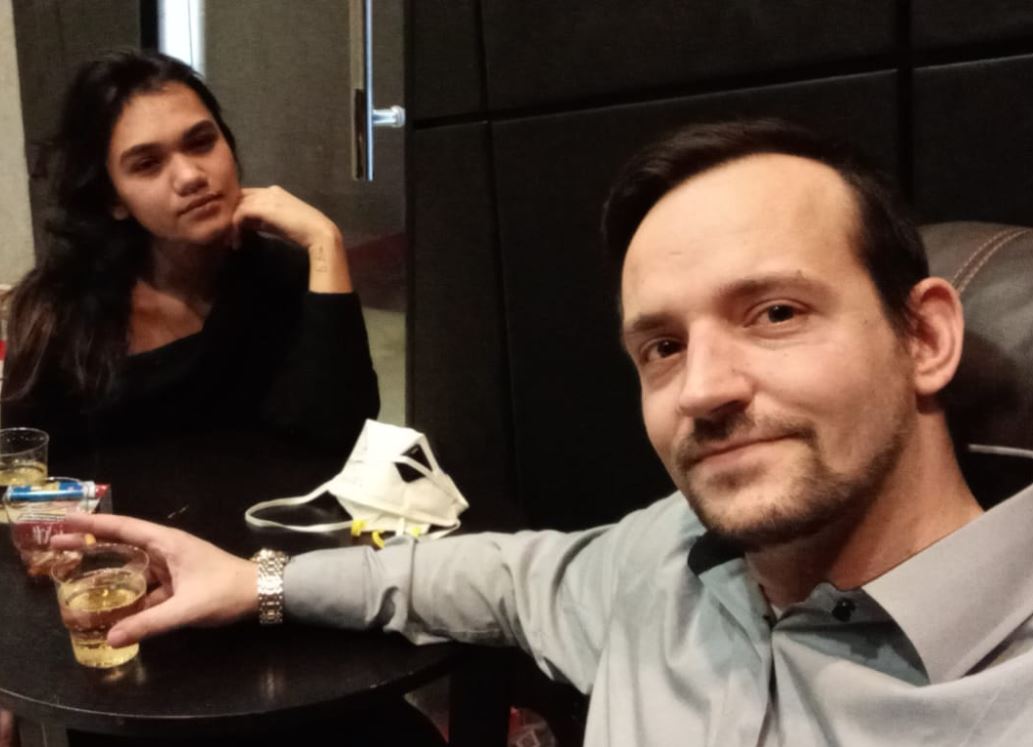From prosperity to the community: Moarfeld settlement over time
Learn more about the Moarfeld settlement in Lienz: history, proven residents and the influence of Meinrad Pizzinini.

From prosperity to the community: Moarfeld settlement over time
In the Moarfeld settlement in Lienz, a large residential complex that has existed since October 10, 1975, there is currently a lively exchange among the residents. After weeks of rain in May, a city discussion developed in which the residents share their personal experiences and memories. The participants in the conversation include Franz Seitwald, who acts as a confidant and saved money for his roommates through negotiations, as well as Ernie Feldner, the mother of the first Moarfeld baby. Martha and Karl Bachmann, who look after their grandchildren and report on their experiences in winter skiing, are also actively involved. These conversations show the strong community that has formed in the facility over the years.
In the 1980s there was a high need for housing in Lienz. The city already recorded 12,053 inhabitants on December 1, 1982, of which 1,022 had a second home. The loan interest of 12 percent at the time made it difficult for many people access to new living space. Nevertheless, there was an increase in residential construction projects between 1960 and 1980; 526 new private apartments and 896 public apartments. Historician Meinrad Pizzinini referred to this phase as" flowering time "by Lienz and spoke of general prosperity, political consensus and cultural diversity.
The influence of history on the present
pizzinini, who was born in Lienz in 1943, has dealt intensively with the history of the region. After studying history and art history at the University of Innsbruck, he received his doctorate in 1968 and later worked as a lecturer. In addition, he was a long -time editor of the East Tyrolean homeland leaves and curator of several exhibitions in the local museum Schloss Bruck near Lienz. His works, including the biography of Andreas Hofer, illustrate the cultural and historical importance of the Lienz district. In 2010 he was awarded the city of Lienz's honorary ring, a sign of his services to the city and its history.
The historical development of Lienz is also reflected in the current discussion. The city was first mentioned as "Civitas" in 1242, and significant events such as the settlement of traders and traders contributed to the urban development. The Burggraves of Lienz, a ministerial nobility, significantly shaped the region. Historical sites, such as the former hospital with the Holy Spirit Church, which acted as a hospital until 1931, and the former Carmelites who looked after schools are evidence of this important past.
The Moarfeld settlement, as part of Lienz, is not only a place of residence, but also a place that reflects the diverse history and cultural heritage of the region. Dolomitenstadt reports that the current events in the Moarfeldsiedlung take into account the positive development of these historical roots. Historical personalities such as pizzinini are essences of this lively culture that continues in the community of the Musaxelding settlement.
The Lienzer understand the importance of their history and their influence on today's life. Cultural awareness and community commitment come to life in the Moarfeld settlement and strengthen the neighborly cohesion, even in difficult times and after the heavy rains in May. These topic encounters show that the past and the pursuit of a better life are also of great importance in the modern housing estate.

 Suche
Suche
